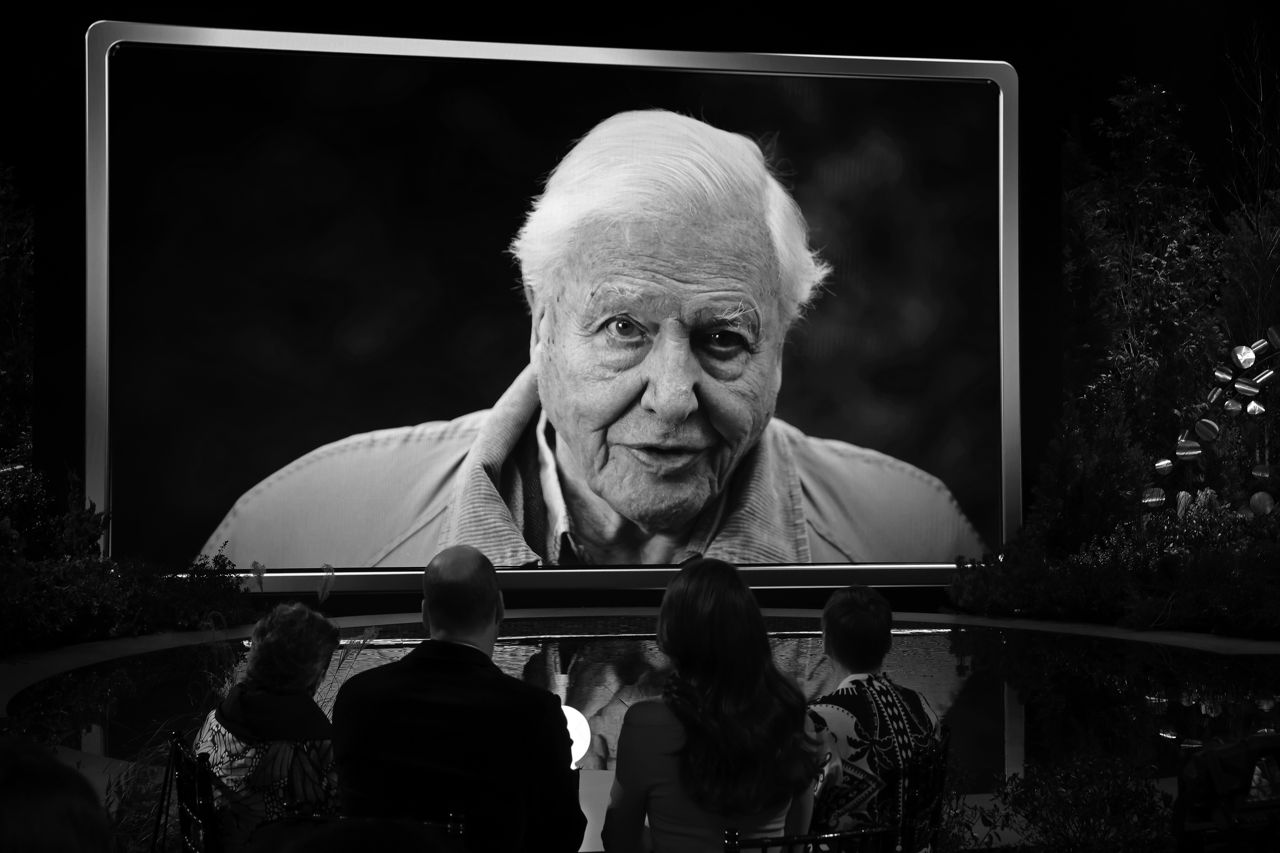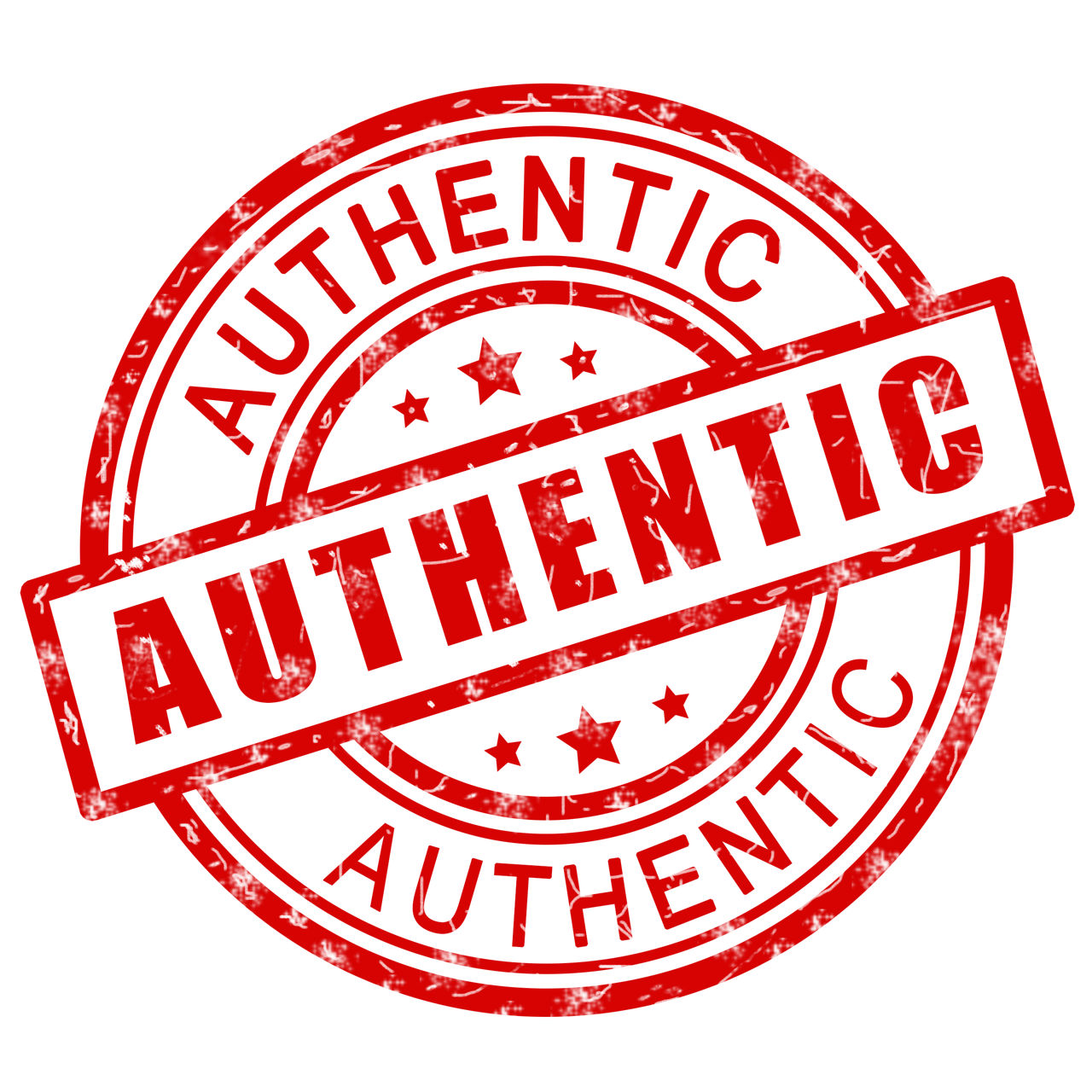Planet Earth has Attenborough, but the internet has no one
David Attenborough turned 99 yesterday, and with decades behind him of looking out for planet Earth, he is rightly celebrated. But who's looking out for humans in the ever evolving digital landscape, asks Hester Bates, Chief Marketing Officer at TrueRights.
Sir David Attenborough turned 99 yesterday. This milestone prompted celebration of a man who’s spent his life defending the natural world from exploitation.
Attenborough's impact transcends conservation; he represents a fierce commitment to safeguarding the planet’s most vulnerable species and ecosystems.
In today’s digital age, who's stepping up to protect the value of human creativity?
But in today’s digital age, where technology moves faster than legislation and ethics can’t keep up, who’s stepping up to protect the value of human creativity and identity, something which, in many ways, is as vulnerable as the natural world?

Above: Sir David Attenborough, who turned 99 yesterday, has been a feature on our screens for decades.
Just as Attenborough became a guardian of nature, the digital world needs its own protectors - champions for the rights of talent, artists and brands against the tide of digital exploitation.
The creative potential of the digital landscape is enormous. Generative AI, immersive media and digital collaborations are reshaping how art, content and identity are expressed and shared. But to truly unlock this potential, we must first secure the rights and identities of creators.
The rise of synthetic media has brought unprecedented challenges to protecting talent and creativity.
Without strong protection mechanisms, innovation risks being stifled by exploitation, misinformation and the loss of trust. Building a framework for digital conservation is not just necessary, it’s the key to unleashing creativity in the modern age.
The digital IP crisis: a new frontier
The rise of synthetic media has brought unprecedented challenges to protecting talent and creativity. AI technologies are advancing rapidly, enabling the creation of hyper-realistic content with minimal input. Deepfake videos, AI-generated art and synthetic voices blur the line between authenticity and fabrication. This wave of digital innovation, while exciting in many ways, leaves personal and brand identities increasingly vulnerable.

Above: "Without strong protection mechanisms, innovation risks being stifled by exploitation, misinformation and the loss of trust."
It’s not just a theoretical problem. The digital rights landscape is already a Wild West, and image misuse is rampant. According to data collected by TrueRights, six out of 10 digital brand campaigns knowingly or unknowingly violate usage rights, leading to financial losses and reputational damage.
Creators with significant followings lose thousands annually due to improper licensing and unauthorised use of their likeness. The problem is compounded by the explosive growth of generative AI, which is projected to reach a valuation of $803.90bn by 2033.
A robust rights management framework can turn what currently feels like a chaotic environment into a structured, profitable space.
But it’s not just about damage control. If managed correctly, the evolving digital landscape offers a substantial monetisation opportunity. By setting clear and enforceable rights, creators, talent and brands can receive fair remuneration for their work. A robust rights management framework can turn what currently feels like a chaotic environment into a structured, profitable space where creative contributions are properly valued and compensated.

Above: "If managed correctly, the evolving digital landscape offers a substantial monetisation opportunity."
Protecting talent in the digital age
The conversation must move beyond simply recognising the risks, to implementing practical solutions. While digital rights management remains fragmented and inconsistent, new approaches are emerging to address these challenges. One promising direction is the development of digital tools that allow creators and brands to maintain control over their digital assets through secure licensing and better visibility.
The conversation must move beyond simply recognising the risks, to implementing practical solutions.
This is one of the key reasons for the creation of TrueRights. We’re establishing traceable digital imprints, the TrueRights Stamp, for example, that mark content as legally licensed and track where that content is used across a brand’s social channels, and whether it’s being exploited without permission.
We also facilitate the consolidation of approved training data for AI use, which eases the process of monetisation in gen AI and helps to identify models that are being trained on unauthorised images or voices. These solutions, however, require industry-wide adoption and robust standards to be truly effective.

Above: The TrueRights Stamp is able to mark content as legally licensed.
Rethinking digital conservation
Just as Attenborough inspired a movement to conserve biodiversity, the creative industry must cultivate a culture of safeguarding digital identities. Establishing clear standards and practices for digital rights management can mitigate the risks that are only fuelled by generative AI. Protecting talent in the digital age is not just about technology, it’s about fostering an ethical mindset where creators' rights are respected and upheld.
As we move forward, the industry must prioritise the protection of creative rights with the same dedication that Attenborough has shown to conservation.
Imagine the consequences when a brand’s spokesperson is digitally manipulated to endorse a rival product or when an artist’s unique style is replicated and sold without permission. Without robust protection mechanisms, digital exploitation could become the new norm, undermining consumer trust across the digital landscape.
Building a protected digital ecosystem
As we move forward, the industry must prioritise the protection of creative rights with the same dedication that Attenborough has shown to conservation. By uniting under a shared commitment to digital stewardship, talent, brands and industry leaders can work towards a safer, more respectful digital ecosystem.
Credits
View on- Agency VMLY&R/London
- Production Company Red Bee Media
- Director Ted Heath
-
-
Unlock full credits and more with a shots membership
Credits
View on- Agency VMLY&R/London
- Production Company Red Bee Media
- Director Ted Heath
- Chief Cr Off/ECD Mark Roalfe
- Art Director/Writer Ted Heath
- Art Director/Writer Paul Angus
- Editor Thomas Ioannou
- Sound Design The Works Music & Sound
- Music SixtyFour Music
- Producer Kate Woodhouse
- Song
Explore full credits, grab hi-res stills and more on shots Vault

Credits
powered by- Agency VMLY&R/London
- Production Company Red Bee Media
- Director Ted Heath
- Chief Cr Off/ECD Mark Roalfe
- Art Director/Writer Ted Heath
- Art Director/Writer Paul Angus
- Editor Thomas Ioannou
- Sound Design The Works Music & Sound
- Music SixtyFour Music
- Producer Kate Woodhouse
- Song
Above: "Securing David Attenborough’s voice, likeness and message for the next 99 years would enable him to continue his mission of conservation and education well into the future."
If the foundations for image and IP rights are properly set now, the opportunities are immense. A robust digital rights framework empowers creators to confidently share their work and engage with emerging creative tools without fear of exploitation, fostering innovation while respecting ownership.
Moreover, effective digital rights management can also play a critical role in preserving legacies. When done right, it allows cultural icons to continue engaging future generations - no matter how digital formats evolve - by protecting their messages, voices, and ideas from misuse and distortion.
The digital world is evolving, but with innovation comes responsibility.
Securing David Attenborough’s voice, likeness and message for the next 99 years would enable him to continue his mission of conservation and education well into the future. With the right safeguards, AI could amplify his legacy, allowing his passion for the natural world to inspire generations to come, even in digital spaces not yet imagined.
The digital world is evolving, but with innovation comes responsibility. Just as we’ve learned to value and protect the natural world, we must extend that ethos to the digital space - preserving the authenticity of human creativity for generations to come.
)






